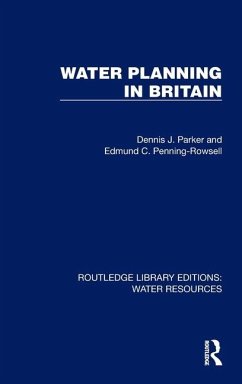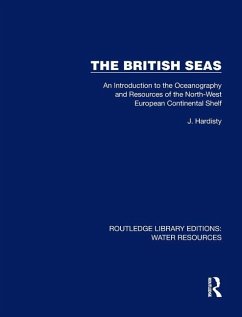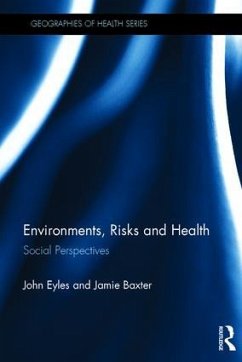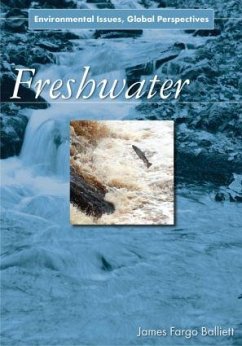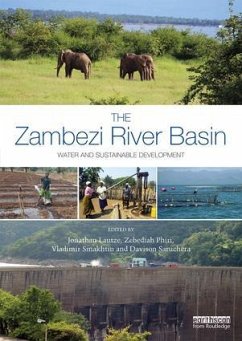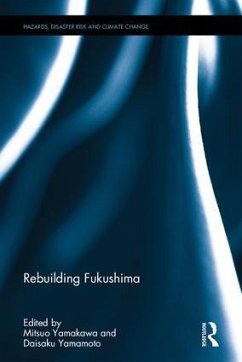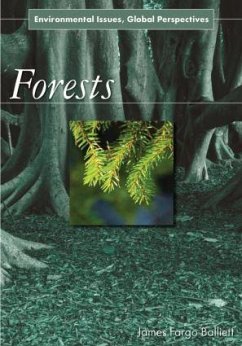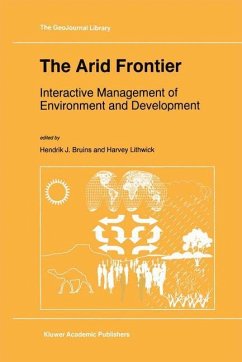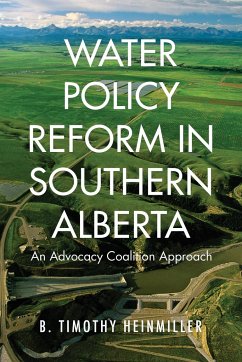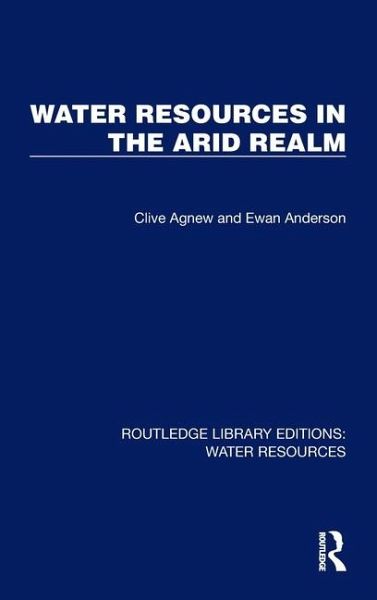
Water Resources in the Arid Realm
Versandkostenfrei!
Versandfertig in 1-2 Wochen
104,99 €
inkl. MwSt.
Weitere Ausgaben:

PAYBACK Punkte
52 °P sammeln!
Originally published in 1992, this book dispels some of the myths that surround water resource problems of arid lands and the notion that there are simple 'once and for all' solutions.





